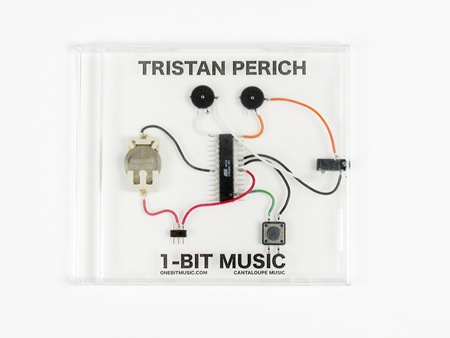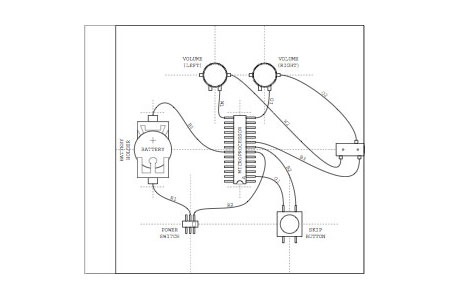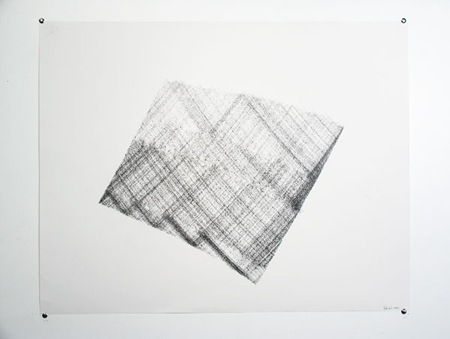Tristan Perich




Tristan Perich is a visual artist and musician doing some very interesting work in both fields. His music project, called 1-Bit Music, is an actual circuit that plays back music at 1-bit. All you electronic musicians and engineers will know that 1-bit is the lowest possible representation of digital music, meaning that the resulting audio is quite stripped down from the analog form we know and love. You may recognize the sound as reminiscent of old console games from the ’80s many of which were at 8-bits. Although I wouldn’t be listening to this in my car, it’s interesting to hear someone pushing digital audio in the other direction while the rest of us record in 32-bit floating point. Listen below for Tristan’s version of Fischerspooner’s Just Let Go. Visit his site for more songs.
Perich also does machine drawings using a pen apparatus he designed. You can see some examples above or check out his site for more.
Via YDEK

6 Comments Leave A Comment
YORK says:
August 20, 2008 at 7:29 amPretty funny, i was looking for 8 bit music myself i think its kinda cool i like the retro sound bits from the NES, Gameboy and commodore 64. I linked my name to a youtube movie of bitshifter you should check it out.
Chris says:
August 20, 2008 at 9:37 amHA! Thats brilliant. I was watching a video yesterday on how some DJ’s are using old GameBoys (yeah you remember those bricks, don’t act like you didn’t play Tetris) as music devices now. No idea how they’re doing it, but it’s interesting how it makes you remember how far electronics have come. Check out chiptune if you care to watch.
Jayden says:
August 20, 2008 at 2:58 pmCool stuff – his Machine Drawings work well with his style of music!
Off topic – Scott… just came across your contribution to Rob Ford’s Guidelines for Online Success. Was pleased to see you in there, but a shame there wasn’t more room to expand!
Oddmundo says:
August 21, 2008 at 4:25 pmI read (on Wikipedia i think. annoyingly I can’t find it again) about a 1 bit audio encoding that was not just noise.
The 0s and 1s signified if the signal (the wave, or what you prefer) went up or down. With the dramatically increased sample frequency you can allow, the audio quality, supposedly, didn’t suffer.
Anthony Mark says:
September 2, 2008 at 5:56 amBlip Festival 2008
http://www.blipfestival.org/